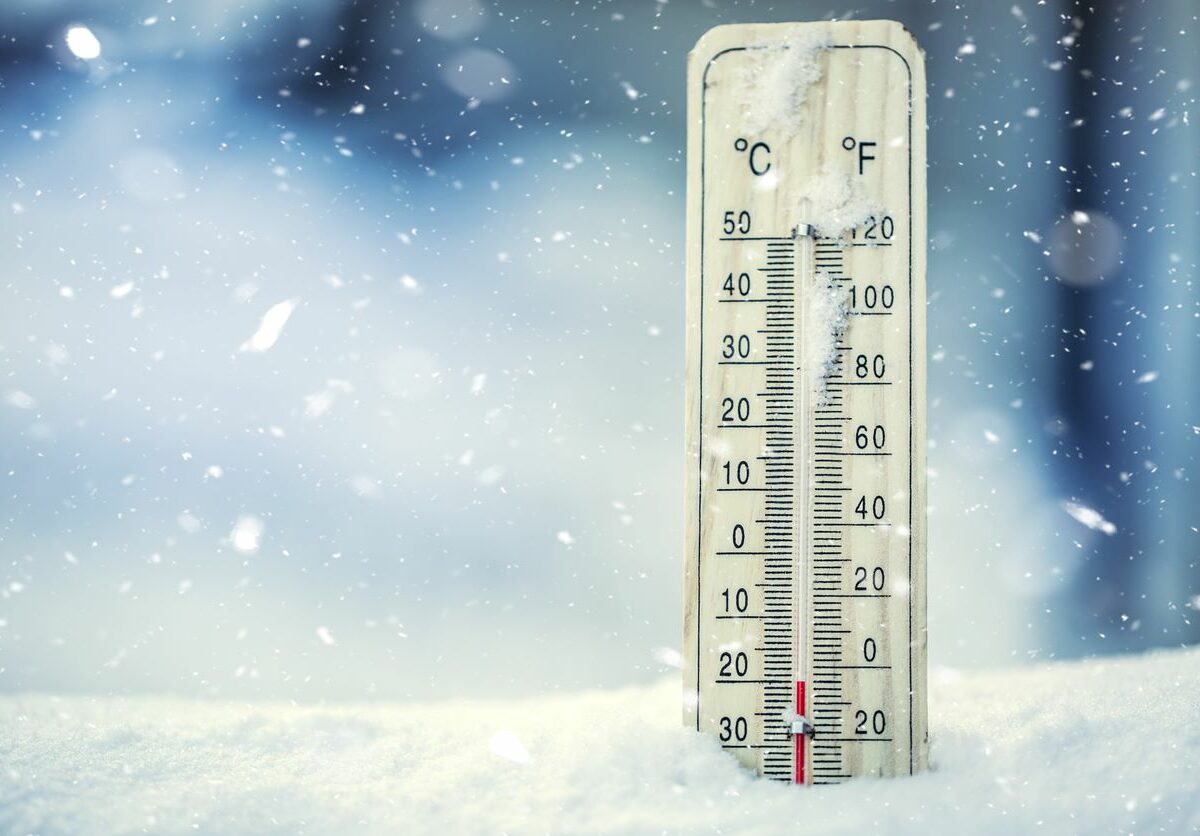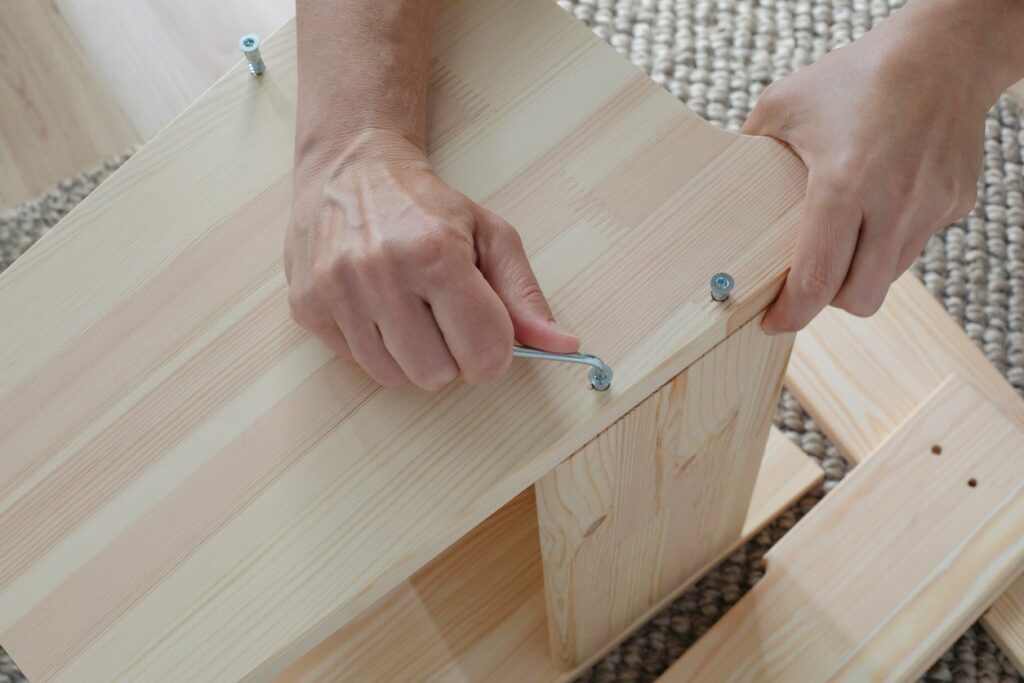Do I Need Climate Control? We’ll Help You Decide

Picture this: you’ve just moved your cherished collection of heirloom wooden furniture into a standard storage unit. When you return to retrieve it a few months later, you’re met with a heartbreaking sight—your once-pristine furniture is now warped, cracked, and significantly damaged. This scenario is all too common for those who opt out of climate-controlled storage, only to regret it later.
That’s why we’re here to help you avoid such costly mistakes by explaining our climate-controlled storage tips as we break down the function of these specialized units, pick the right items for climate control, and make the most of your enhanced storage environment.
Benefits of a Climate-Controlled Storage Unit
Climate-controlled storage units are specially designed to maintain a consistent environment, protecting your belongings from the damaging effects of extreme temperatures. While standard storage units offer protection from rain, snow, and UV rays, they don’t protect your items from the temperature fluctuations that can occur throughout the year.
But why does this matter? Extreme heat can cause plastic items to melt or warp, while extreme cold can lead to brittleness in wood and various materials. Leather can crack, tables can buckle, and even electronic devices can malfunction.
Moreover, rapid temperature changes can result in a phenomenon known as thermal shock, where materials expand and contract too quickly, leading to sudden and irreversible damage. Climate-controlled storage units mitigate these risks by keeping the temperature within a stable range, typically between 55° F and 85° F.
Temperature-Regulated Storage Spaces for Artists

Artists pour their heart and soul into their work, so storing art pieces in the best possible conditions is crucial when they’re not on display or in progress. Most artwork, especially paintings, should be stored close to room temperature, ideally between 65° F and 75° F.
In a conventional storage unit, temperatures can soar above 100° F in the summer and plunge below freezing in the winter. Such extreme fluctuations can cause the canvas to stretch, the paint to crack, and the pottery to become brittle. Art supplies like paint, brushes, and other materials are also susceptible to damage under these conditions. A climate-controlled unit alleviates these concerns by providing a stable environment that preserves the integrity of your artwork and supplies.
Climate Control for Documents and Sensitive Item Storage
Storing important personal or business-related documents requires a controlled environment to ensure their longevity. Archives and libraries have long understood the importance of maintaining specific temperature and humidity levels to preserve paper products. Without these protections, paper can yellow, ink can fade, and the material can become brittle, leading to irreversible damage.
This is particularly crucial for items like legal documents, historical records, books, photographs, and other printed materials. In a climate-controlled storage unit, these items are protected from the heat that can cause yellowing and fading and the cold that can make paper brittle, keeping them in usable condition for years.
Keeping Wooden Furniture Free From Cracks

Source. Alt text: A person tightens a screw with an Allen wrench while assembling wooden furniture.
Wooden furniture, especially older or antique pieces, is highly susceptible to damage from temperature fluctuations. Thermal cycling, where materials expand and contract due to changes in temperature, can cause wooden furniture to warp, crack, or even split over time. This is especially true for joints and fastenings, which may have weakened due to age or previous exposure to the elements.
For example, a cherished family heirloom like a vintage wooden dining table might develop unsightly cracks in its surface, or the legs may warp, making the table uneven. Climate control can help maintain a stable temperature, preventing these issues and extending the life span of your wooden furniture.
Protecting Electronics From Damaging Temperatures
Cold winters and hot summers can wreak havoc on your electronics if not stored in a climate-controlled environment. In frigid temperatures, tiny droplets of moisture can form inside your devices, leading to short circuits, broken connections, and other malfunctions. Conversely, high temperatures can shorten battery life, cause components to overheat, and even lead to battery expansion or rupture.
Storing electronics, like computers, televisions, gaming consoles, and other sensitive devices, in a climate-controlled unit can help avoid these issues. While the risk of catastrophic damage may be slim, you could save yourself thousands of dollars in repairs by giving them a regulated environment.
[H2] Rent Your Climate-Controlled Storage Space From Freedom Storage Management
From delicate artwork and important documents to cherished furniture and valuable electronics, climate control gives your belongings the protection they need and the peace of mind you deserve. Whether you’re storing personal belongings or managing inventory for a small business, the controlled environment of these units can help preserve the lasting quality of everything you store.
Instead of taking chances with your belongings, find your nearest Freedom Storage facility today and explore our cost-effective climate-controlled storage options to ensure your items remain in pristine condition year-round.